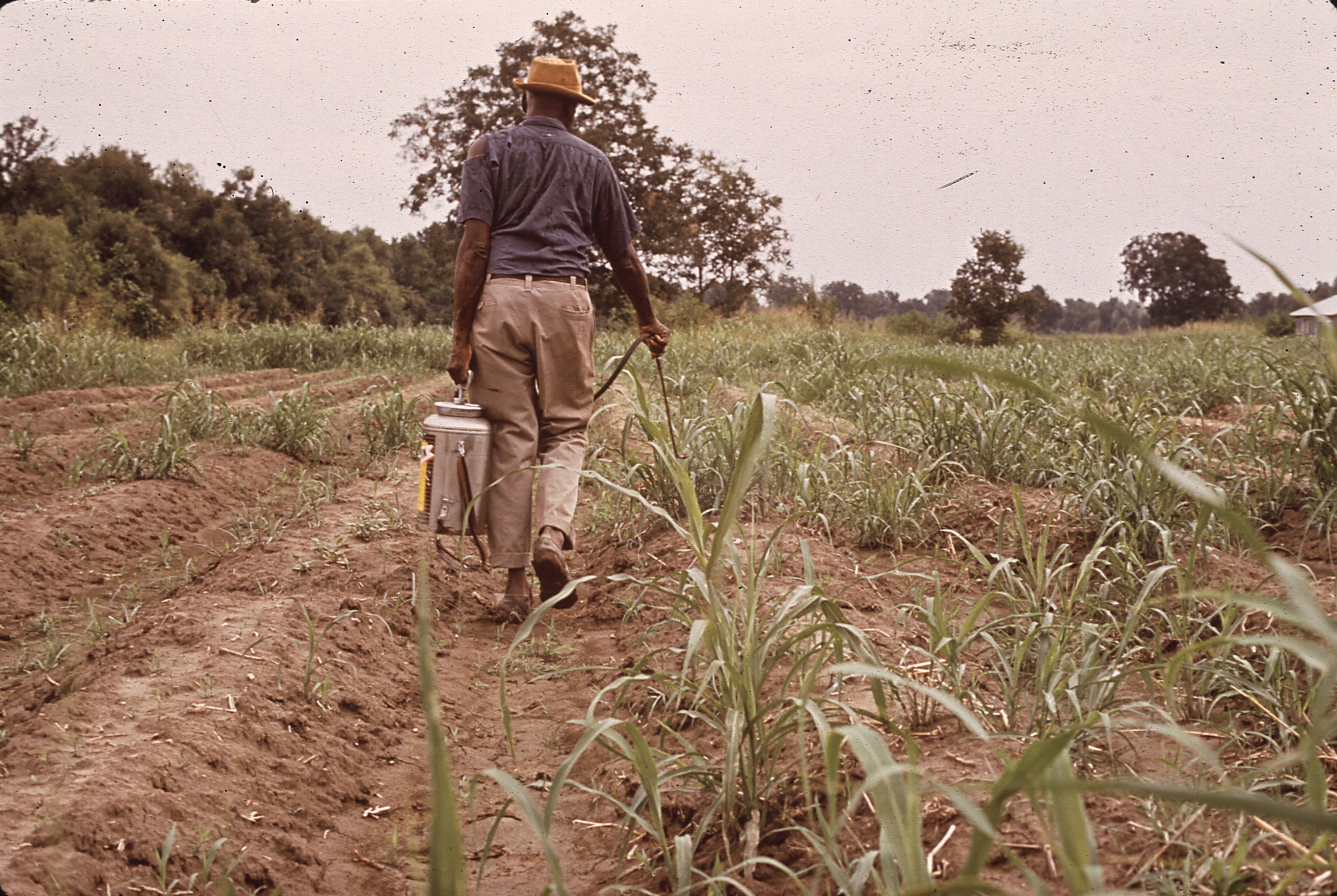
Glyphosate Persistence Raises Questions
The widely used weedkiller glyphosate persists in water and soil longer than previously recognised, and human exposures to glyphosate-based herbicides (GBHs) are rising, experts from various universities as well as environmental health and consumer groups have concluded in a new scientific review.
Field studies cited in the report show the half-life of glyphosate in soil ranges between a few days to several months, or even a year, depending on soil composition. The authors say the research demonstrates that soil sorption and degradation of glyphosate vary significantly depending on the soil’s physical, chemical, and biological properties.
February 25, 2016 | Source: Chemistry World | by Rebecca Trager
The widely used weedkiller glyphosate persists in water and soil longer than previously recognised, and human exposures to glyphosate-based herbicides (GBHs) are rising, experts from various universities as well as environmental health and consumer groups have concluded in a new scientific review.
Field studies cited in the report show the half-life of glyphosate in soil ranges between a few days to several months, or even a year, depending on soil composition. The authors say the research demonstrates that soil sorption and degradation of glyphosate vary significantly depending on the soil’s physical, chemical, and biological properties.
‘The risk of long-term, incremental buildup of glyphosate contamination in soil, surface water, and groundwater is therefore driven by highly site-specific factors, and as a result, is difficult to predict and costly to monitor,’ they conclude.
The authors suggest that considerable work is needed to better understand glyphosate and GBH toxicity, mechanisms of action, and exposure levels before the EPA can credibly conclude that GBH uses and exposures are consistent with the US Food Quality Safety Act’s basic safety standard, namely that there is a ‘reasonable certainty of no harm’ from ongoing, chronic exposures to GBHs across the US population.
Kerry Harrington, a weed science lecturer at Massey University in New Zealand, agrees. ‘I don’t think there should be knee-jerk banning of the herbicide, but we do need to find out exactly what the issues are, and perhaps we need to go back to using glyphosate for the jobs it was originally designed for: preparing seed-beds for planting crops and controlling weeds around the streets, and stop applying it over the top of foodstuffs, especially fairly close to harvest time,’ he tells Chemistry World. ‘But more research is needed before we can be sure of that.’
